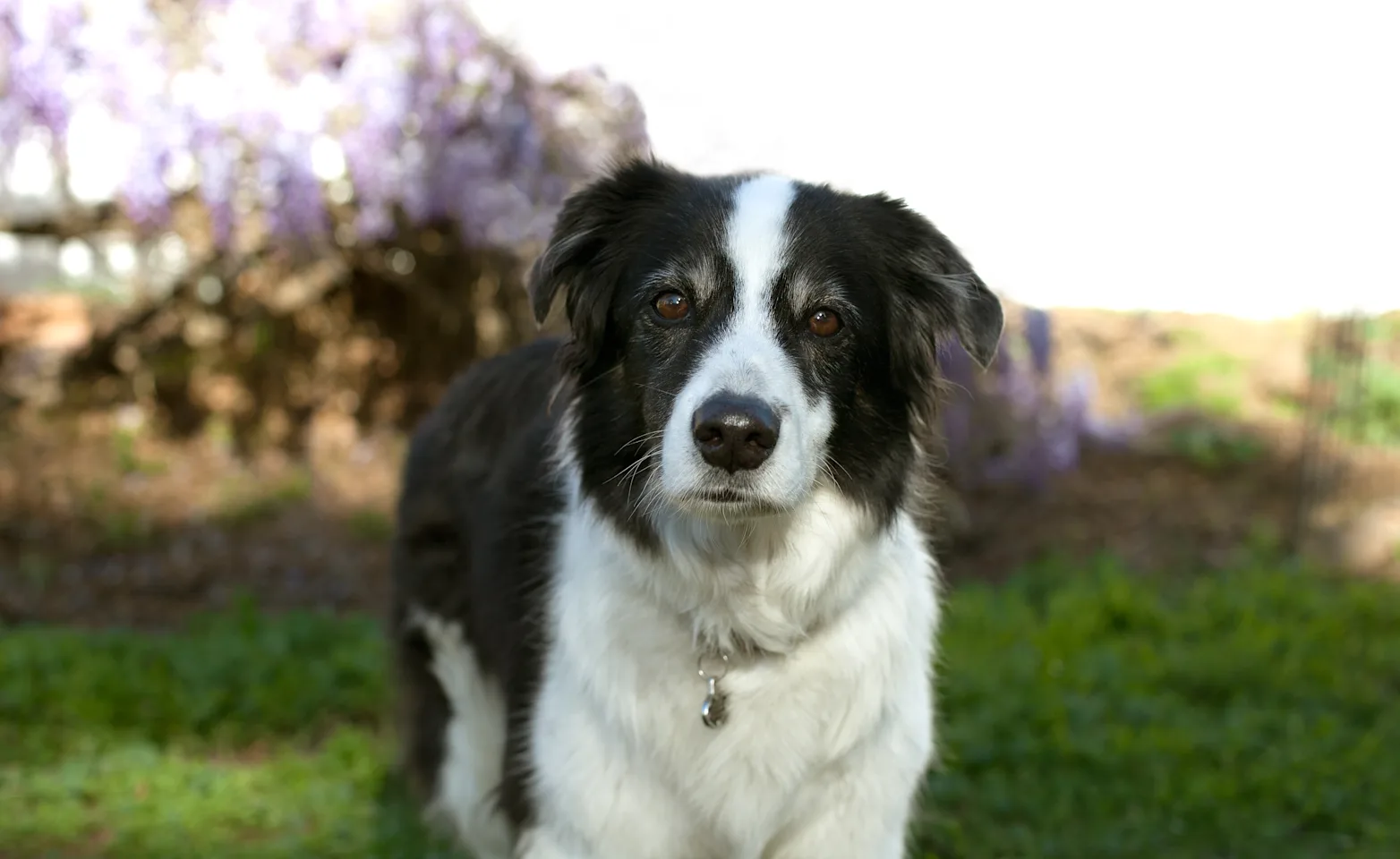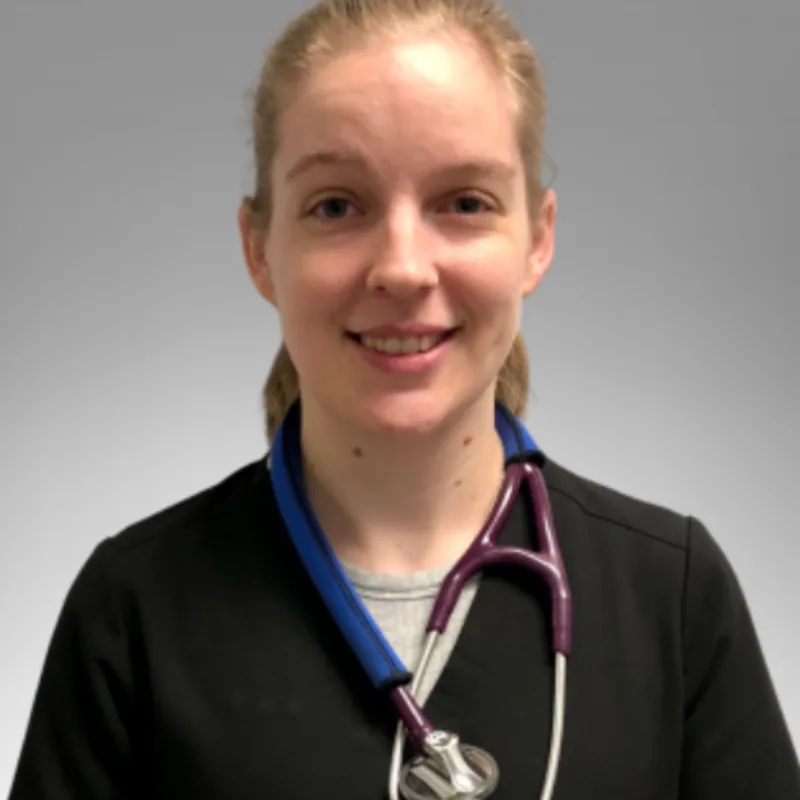Charleston Veterinary Referral Center (CVRC)

Critical Care
Overview
The Critical Care service at CVRC works to stabilize and treat critically ill patients requiring ICU level care. This team is responsible for managing the sickest patients in the hospital.
CVRC’s Critical Care team does not see routinely-scheduled appointments but instead works very closely with the Emergency and other Speciality services to ensure that the highest level of care is provided from the moment any patient presents to CVRC.
The Critical Care service is in the hospital providing care every day, including weekends and holidays.

What is a veterinary Criticalist?
A Criticalist has obtained intensive additional training for specialization in Emergency and Critical Care medicine. The advanced training and education includes a veterinary degree (3 to 5 years of undergraduate university, followed by 4 years of veterinary school), a rotating internship (1 year), and an ECC residency (3 years), followed by a series of rigorous examinations covering all aspects of emergency and critical care medicine for completion of certification by the American College of Veterinary Emergency and Critical Care (DACVECC).
What conditions does the Critical Care service manage?
The Critical Care service works closely in cooperation and conjunction with all other services in the hospital to provide support for a well-rounded approach to management of any patient in need of intensive care or monitoring. This most often means that a Criticalist is involved in the acute or life-threatening period of your pet’s illness in hospital, and then will work with other specialists or your primary care veterinarian to establish a plan for long-term care and management. Criticalists participate in management of a wide variety of illnesses, including but not limited to:
Traumatic injuries
Complex post-operative patients
Sepsis (life-threatening infection)
Abdominal infection (peritonitis)
Blood stream infection
Severe pneumonia
Thoracic and respiratory disorders
Pneumonia (aspiration pneumonia, contagious
Congestive heart failure, pericardial effusion (fluid around the heart)
Noncardiogenic pulmonary edema
Pleural effusion and pneumothorax (fluid and air around lungs)
Acute respiratory distress syndrome (ARDS) and acute lung injury (ALI)
Feline asthma
Pulmonary thromboembolism
Acute exacerbations of chronic lung or airway conditions (bronchitis, tracheal collapse)
Abdominal disorders
Severe gastrointestinal upset (either entirely acute or exacerbation of chronic digestive disorders)
Intestinal obstructions
Gastric foreign bodies (and esophageal foreign bodies)
Pancreatitis
Urinary tract obstruction
Kidney dysfunction (both acute kidney injuries and exacerbations of chronic kidney disease)
Urogenital conditions (pyometra, prostatitis)
Liver diseases (infections, toxins, exacerbation of chronic liver disorders)
Blood disorders
Anemia from bleeding, hemolysis (red blood cell destruction), or decreased red blood cell production
Low platelets (thrombocytopenia)
Blood clotting abnormalities (both excessive and inadequate clotting)
Endocrine (hormone) crises
Diabetic ketoacidosis
Hypoglycemia
Addison’s disease (hypoadrenocorticism)
Hypercalcemia
Immune-mediated diseases
Hemolytic anemia, thrombocytopenia
Polyarthritis
Neurological conditions
Symptoms of infectious diseases
Viral infections
Canine Parvovirus, Distemper, Feline Immunodeficiency Virus (FIV), Feline Leukemia Virus (FeLV), Feline Herpesvirus and Calicivirus
Vector-borne (flea, tick, and mosquito) infections
Lyme, Ehrlichia, Heartworm Disease, Bartonella
Contagious respiratory infections
Mycoplasma, Bordetella, Parainfluenza, Influenza
Significant symptoms caused by parasites
Diarrhea or anemia from intestinal parasites
What diagnostics does the Critical Care service utilize?
Similar to CVRC’s other services, the Critical Care service utilizes our comprehensive in-house diagnostic capabilities, including:
Serial physical examinations
Comprehensive in-house laboratory essentials
Hematology
Blood chemistry
Urinalysis
Coagulation profile
Cytology
Extensive diagnostic imaging
Digital radiography
Abdominal ultrasound
Echocardiography (in conjunction with Cardiology)
Advanced imaging
CT scan
MRI (in conjunction with Neurology)
Fluoroscopy for dynamic imaging
Emergency endoscopy
Esophageal and gastric foreign bodies
Esophageal dysfunction, inflammation, or strictures
Gastrointestinal disorders (in conjunction with Internal Medicine)
Fine-needle aspirates, ultrasound-guided aspirates
Bone marrow aspirates and biopsies
Utilization of external laboratories for advanced diagnostics
Infectious disease testing (cultures, serology, PCRs)
Cytology, fluid analyses
Histopathology (biopsies)
What treatments does the Critical Care service provide?
CVRC’s most critical patients are housed in our dedicated Intensive Care Unit (ICU) with round-the-clock monitoring and care by an Emergency & Critical Care doctor and nursing team 24 hours a day. The Critical Care service and all patients in ICU have access to:
Comprehensive in-house pharmacy with full complement of oral and injectable medications and therapeutics
Attentive fluid therapy and electrolyte supplementation
Continuous patient monitoring
ECG, telemetry
Blood pressure (indirect and arterial)
Oxygenation
Temperature
Capnography (CO2 monitoring)
Intensive respiratory support
Oxygen supplementation (kennels, nasal oxygen)
High-flow oxygen therapy
Endotracheal intubation
Tracheostomy management
Mechanical ventilation
Multimodal pain management
Transfusion medicine
Blood typing and cross matching
Blood transfusions with in-house Blood Bank and Donor Program
Whole blood
Packed red blood cells
Fresh frozen plasma, frozen plasma
Specialized products (cryoprecipitate, platelet-rich plasma)
Nutrition support
Prescription diets
Feeding tubes
Intravenous nutritional therapy



